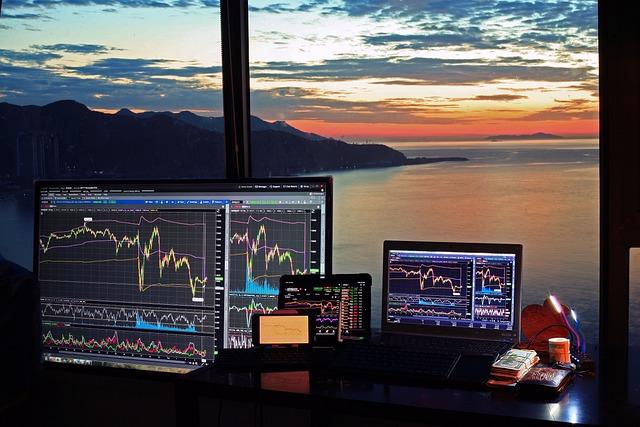Dow 100,000?
Numbers are the essence of the Trump victory. Voters used numbers to reason what was best for them, and their country.
The new administration will have positive impacts on domestic energy supply and gas prices. Better international relations will help stabilize world oil output and manufacturing costs. Lower tax rates and smarter rules will improve individual and corporate earnings. Companies will have higher free cash flow, so they can invest in new technology. Select tariffs will encourage businesses to move back here, build and hire. Together these will have a “compounding" effect on economic growth.
You may remember when the Dow was around 1,000—and had been there, it seemed, forever. Ronald Reagan then flipped the country red, and his belief in people, markets, and smaller government, suddenly ignited a takeoff in the economy that has not slowed down, except generally for periods of government interference, regulatory ineptitude, or political corruption.
This brings up a key point about Trump’s brand of economics: it is based on markets and especially, prices. In academia, this is known as price theory, which says that our free market is one big system of prices, and price signals, and that these prices, not government, guide our choices and behavior. The same is true for business. This contrasts to progressive ideology, which still believes that government can run the economy better than you can. When this happens, all market price signals, including currencies, are corrupted; trust and confidence are degraded.
Markets and prices explain the election results perfectly: voters used market prices to make a rational choice of political economy; they assessed the price of food, the cost of gas, the expense of mortgages, and nearly all other consumer and business costs. Government debt, and currency value, are also set in prices, and voters weighed these risks as well.
Most of all, voters used prices to rationally weigh human values and social risk: the cost of war, the price of government ideological intrusions into health, privacy, and education, the toll on jobs and safety from illegal immigration, and the costs and risks of Democrat party incompetence in foreign trade and international relations.
All these things are made visible through prices. Price is what the election turned on, and price will reflect a new golden age of economic growth. Dow 100,000 may be just the beginning.
Matthew G. Andersson is a former CEO and author of the upcoming book “Legally Blind” concerning law and public policy. He has been featured in the Wall Street Journal, the New York Times, the Financial Times, the Washington Post, the National Academy of Sciences, and the 2001 Pulitzer Prize report by the Chicago Tribune, and hosted on ABC, CBS, Bloomberg, the BBC and Public Television. He received the Silver Anvil award from the Public Relations Society of America, and has testified before the U.S. Senate, the Connecticut General Assembly, and cited by the UK Parliament on international trade policy. He attended Yale College, the University of Chicago and the University of Texas at Austin where he worked with economist and White House national security advisor W.W. Rostow at the LBJ School of Public Affairs.

Image: Free image, Pixabay license.
FOLLOW US ON
Recent Articles
- Deep Dive: The Signal Chat Leak
- Mark Steyn’s Reversal of Fortune
- Where We Need Musk’s Chainsaw the Most
- Trump Is Not Destroying the Constitution, but Restoring It
- The Midwest Twilight Zone and the Death of Common Sense
- Hijacked Jurisdiction: How District Courts Are Blocking Immigration Enforcement
- Transgender Armageddon: The Zizian Murder Spree
- Jasmine Crockett, Queen of Ghettospeak
- The Racial Content of Advertising
- Why Liberal Judges Have a Lot to Answer For
Blog Posts
- Amid disaster, watch Bangkok clean up and rebuild
- Karoline Maher shoots herself, and NPR, in the foot
- A visit to DOGE
- You just might be a Democrat if ...
- Yahoo Finance writer says Trump’s tariffs will see America driving Cuban-style antique cars
- Kristi Noem and the prison cell
- Dividing the Democrats
- April 2nd: Liberation Day and Reconciliation Day don’t mix
- Red crayons and hospital gowns
- The Paris Climate Agreement was doomed from the start
- Well excuse me, I don't remember
- Bill Maher goes civil
- Mass shootings: we're all survivors!
- Tesla and a second
- Snow White: a bomb for the ages






